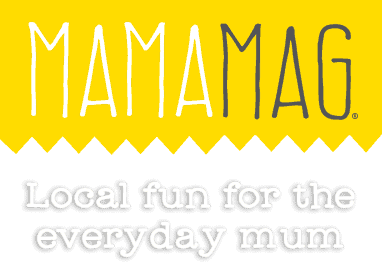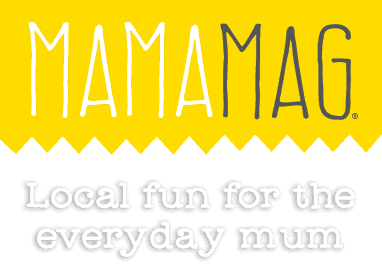Children process grief in a very different way to adults. Their understanding is coloured by their age and stage of development and can be expressed in ways that might not look the way we would expect, as an adult.
When we lose someone we love, whether it be a relative, a friend or a beloved pet, it’s important to help a child navigate through this tangled terrain with honesty and integrity.
Although it might feel easier to use simple phrases that we think they’ll understand, it is very important that we use clear language to explain what has happened and what to expect.
Using expressions like “Grandpa has gone to sleep” or “he’s in a better place” can be scary and confusing for a child.
Instead, try to explain in a way that is clear, direct and in alignment with your family’s religious or spiritual beliefs.
It is also important to help a child understand that death is a natural part of life. There are plenty of Disney references that might help them make sense of that, such as Moana, Bambi, Frozen or The Lion King. While these might not necessarily the best way to teach little ones about death, it can provide a reference that they’ll relate to or understand if they haven’t been through loss before.
Ask your child what they understand about death. This will help you work out what gaps to fill and where they might need a bit more support.
While there is no right or wrong way to grieve, creating the space to have an open dialogue about the loss and allowing the child the opportunity to ask as many questions as they like, to share their thoughts and fears, as well as their pain and sadness is how they begin to process their emotions.
Another way that children learn about grief is through what we share with them. Let them see you cry and hear that you’re feeling sad, angry, lonely. Showing them that big feelings are a natural part of the process of loving and missing someone after they have died, is not only setting a good example for them, but also giving them a safety net to reassure them that it’s okay for them to feel and express themselves the same way.
Find ways to honour and remember the person that has died, by talking about them, sharing memories and giving the child creative opportunities to explore their feelings. Writing a letter to their loved one, drawing pictures of how they are feeling or creating a scrapbook together with photos and memories can all be useful ways to use creative expression to channel their energy in a positive way.
As painful as the loss may be, normalising the experience of grief will help children process their own feelings in a safe and healthy way.
Jana Firestone is a therapist, writer, podcaster, entrepreneur and mum of three. She recently released her first book called “Embracing Change”.



